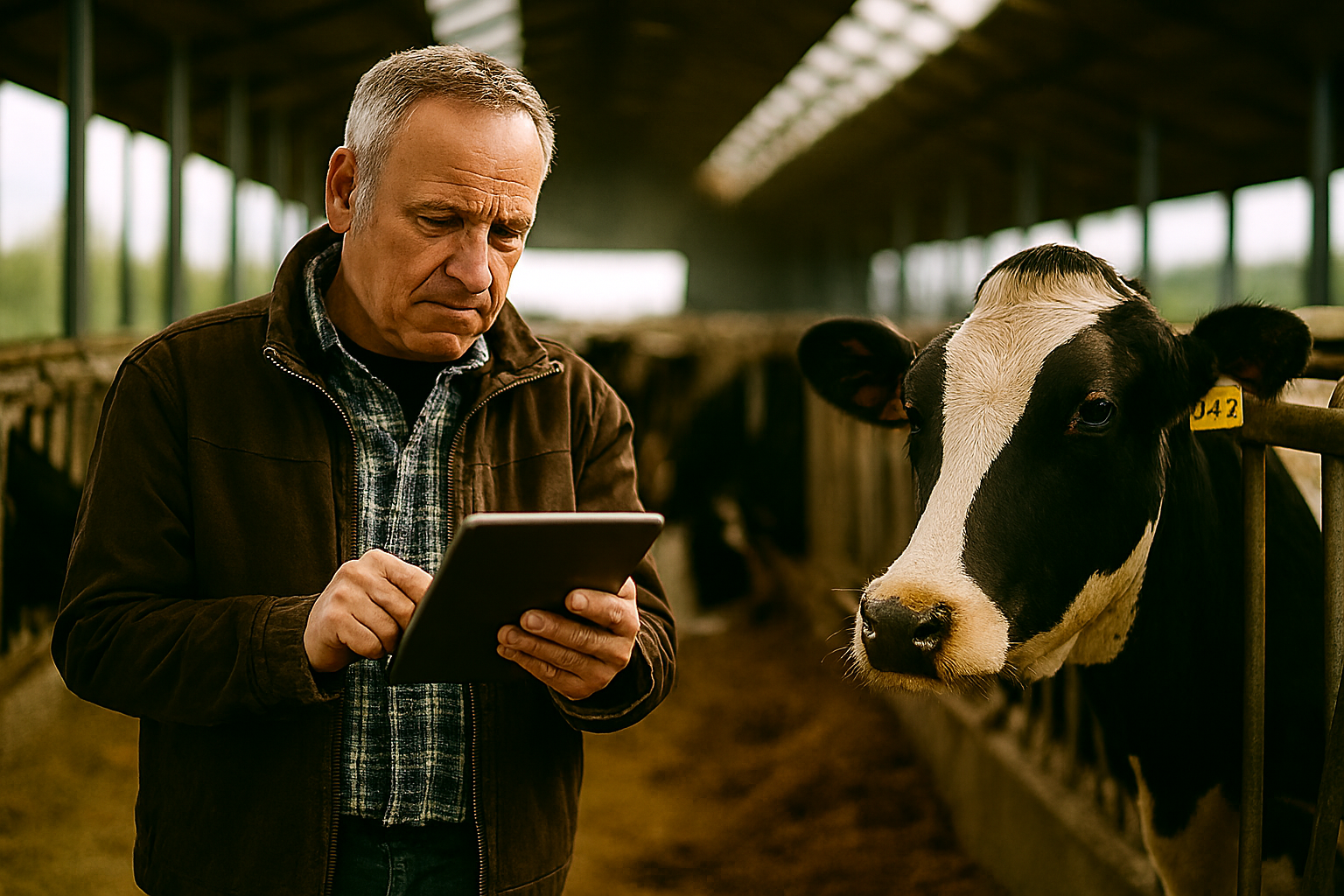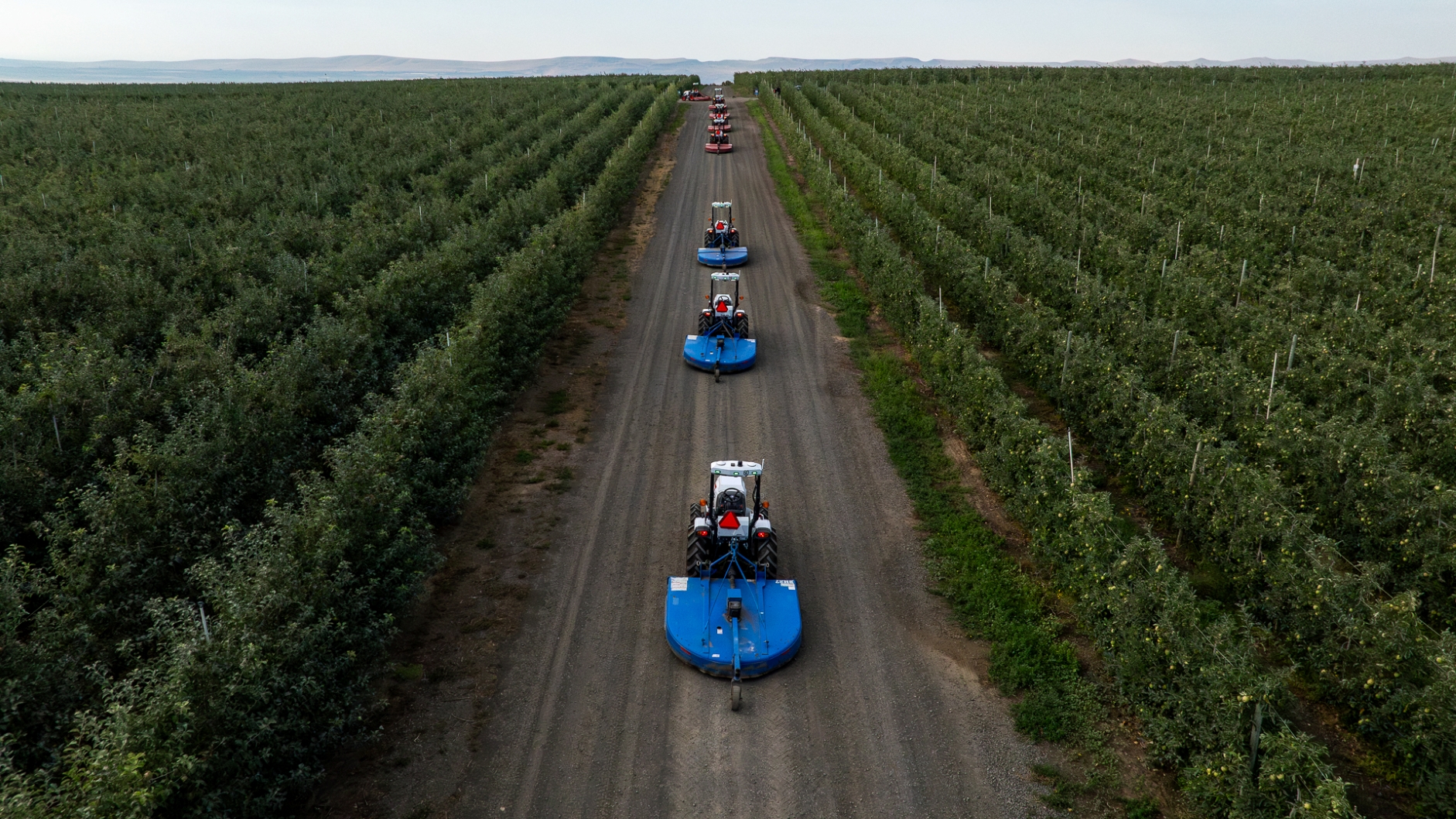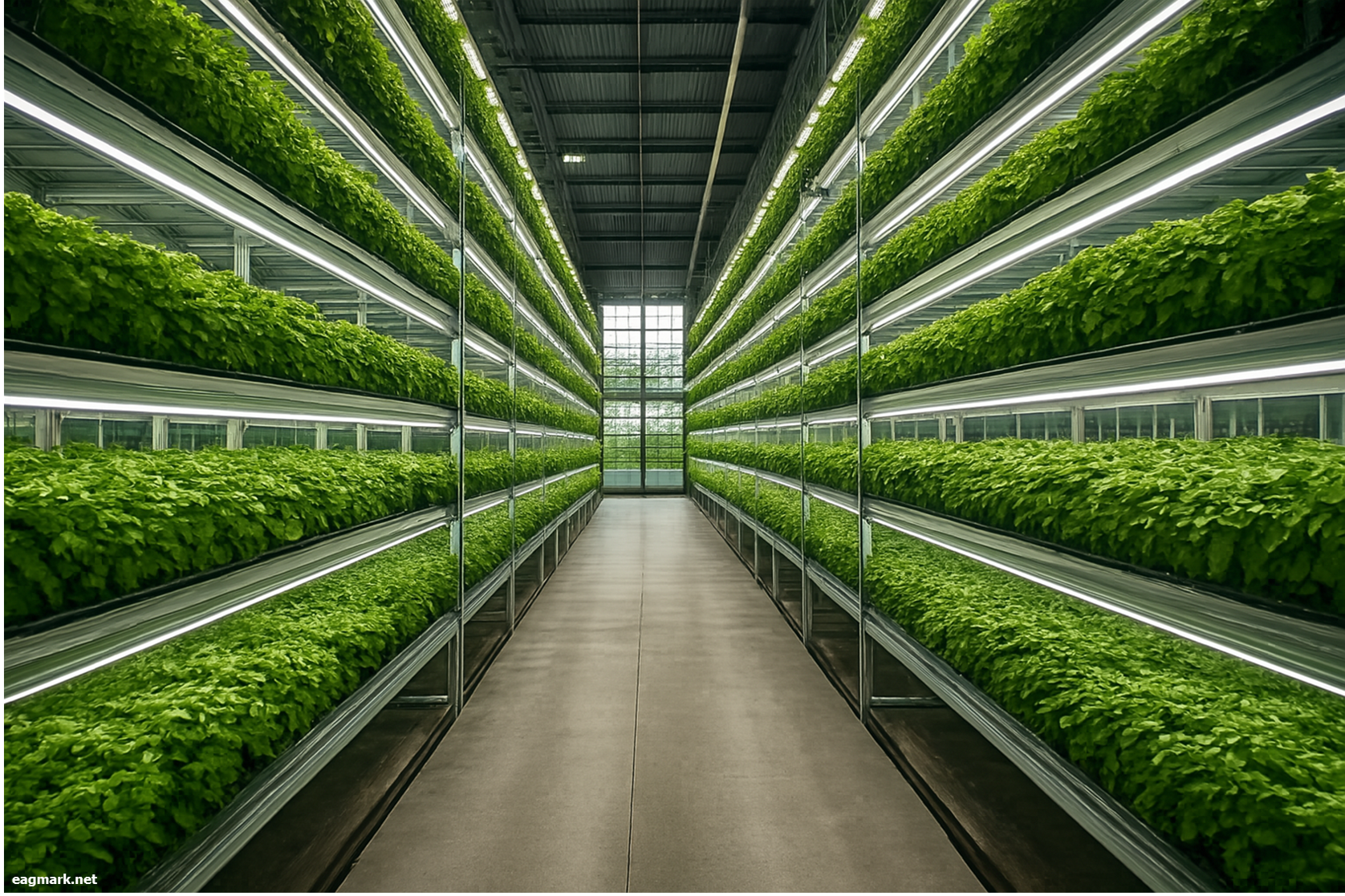
Scotland's Rural College (SRUC) has released Farm-Twin, an open-source software platform designed to consolidate data from multiple farm monitoring systems into a single interface. The project was funded through the Digital Dairy Chain initiative, part of the UKRI Strength in Places programme.
The platform addresses a common operational friction point in modern dairy farming: the proliferation of standalone software systems. Most medium to large dairy operations run separate applications for milk recording, animal health tracking, feed management, and environmental controls—often from different vendors. Farm-Twin pulls data from these various sources into one dashboard, allowing farmers to view their operation more comprehensively.
SRUC reports that the system integrates real-time data feeds from existing farm equipment and sensors. In practice, this means a farmer can view milk yield trends alongside individual animal activity levels and health records without switching between multiple software platforms. The platform can flag anomalies—for example, when a cow's milk production drops concurrent with reduced movement—and notify the farmer or trigger automated responses like pen gate isolation.
The technical architecture supports backward compatibility with legacy systems, allowing farms to import historical data rather than starting fresh.
The Open-Source Strategy
The distinguishing feature is SRUC's decision to release the platform as open-source code. This means developers, researchers, and farm tech companies can download, modify, and redistribute the software. It contrasts with the typical proprietary model where vendors control access and charge licensing fees.
"Open-source ensures transparency and lowers barriers for adoption," said Dr Matt Broadbent, an agri-tech scientist at SRUC's Dairy Research and Innovation Centre. The approach potentially enables smaller agri-tech companies or researchers in resource-limited regions to build customized versions rather than developing systems independently.
Practical Considerations
The platform's effectiveness depends on data quality and farm infrastructure. Farms must have functioning sensors and systems capable of transmitting data—a requirement not universal across all operations, particularly smaller or less-capitalized holdings. Implementation also requires basic technical competency to install, configure, and maintain.
For farms already operating multiple integrated systems, consolidation may offer marginal gains. The value proposition appears strongest for operations using fragmented technology with limited compatibility.
Industry Context
Dairy producers globally face pressures to improve operational efficiency, reduce labor dependency, and demonstrate environmental compliance. This has accelerated investment in farm monitoring technology across North America, Europe, and parts of Asia and Oceania. However, adoption of integrated systems remains inconsistent, particularly in emerging dairy sectors where infrastructure investment lags.
Several commercial platforms already offer similar data aggregation functions, though typically under proprietary licensing models. The open-source approach represents a different go-to-market strategy rather than a fundamentally novel capability.
SRUC indicates the platform is available for download and use. Uptake will likely depend on how actively the institution supports implementation, provides documentation, and responds to technical issues—factors that differ significantly from commercial vendors with dedicated support teams.
Eagmark Agri-Hub monitors technology developments and sector initiatives affecting agricultural operations globally.


